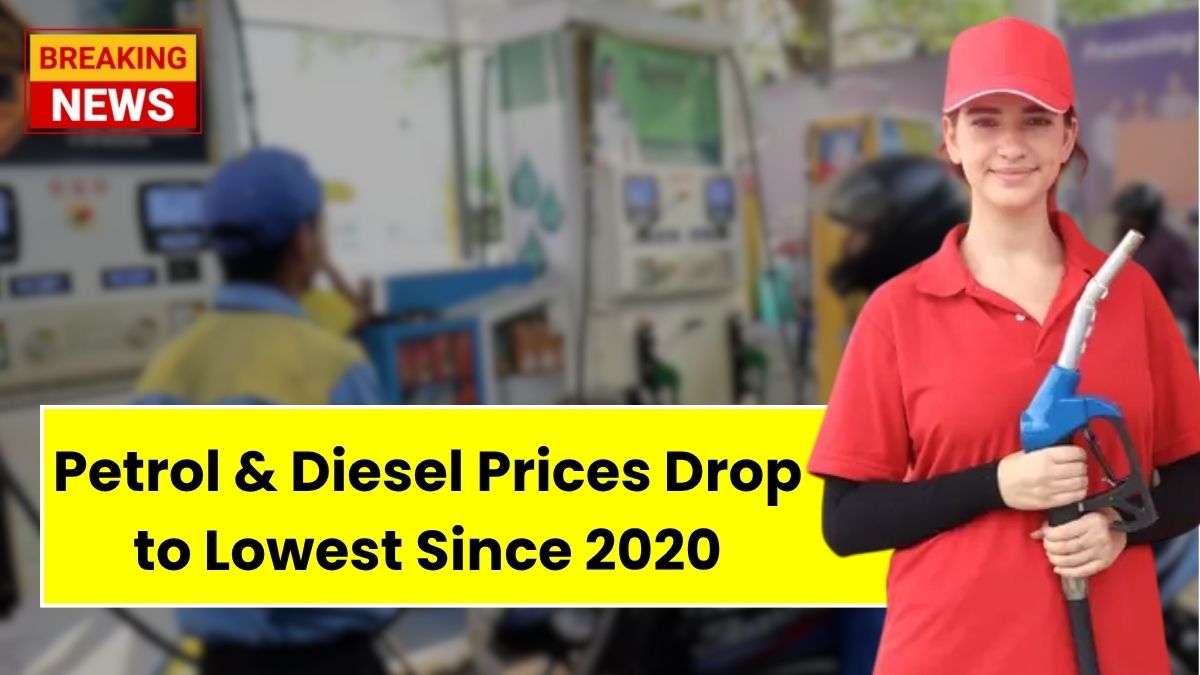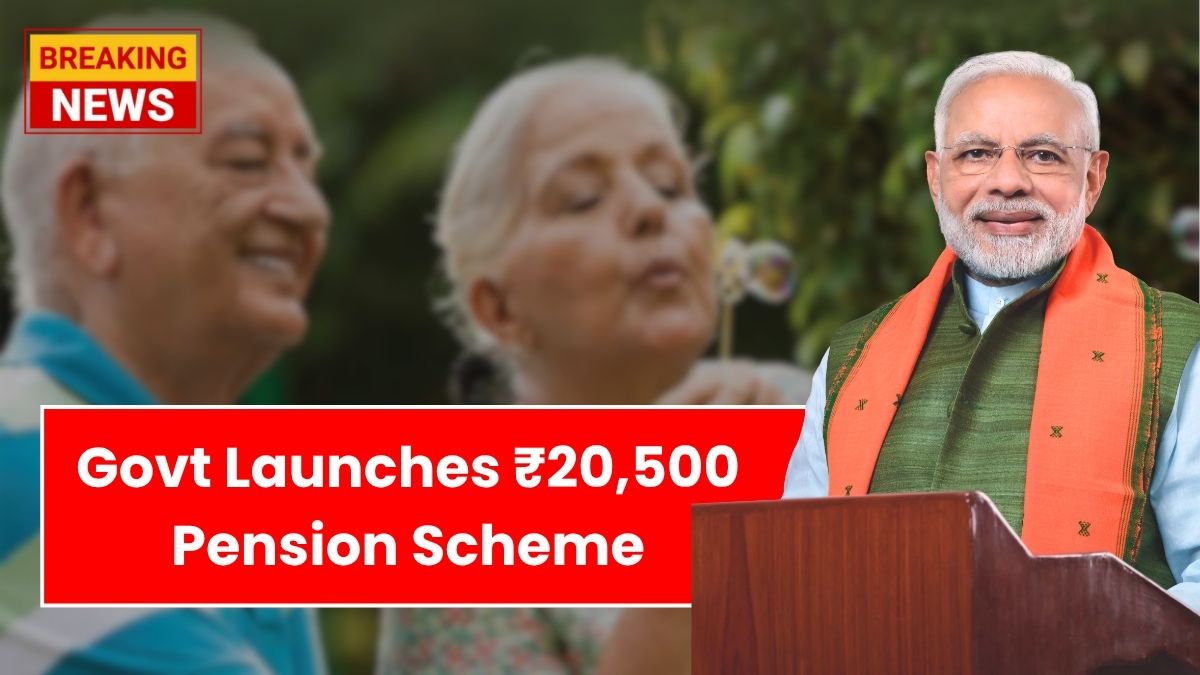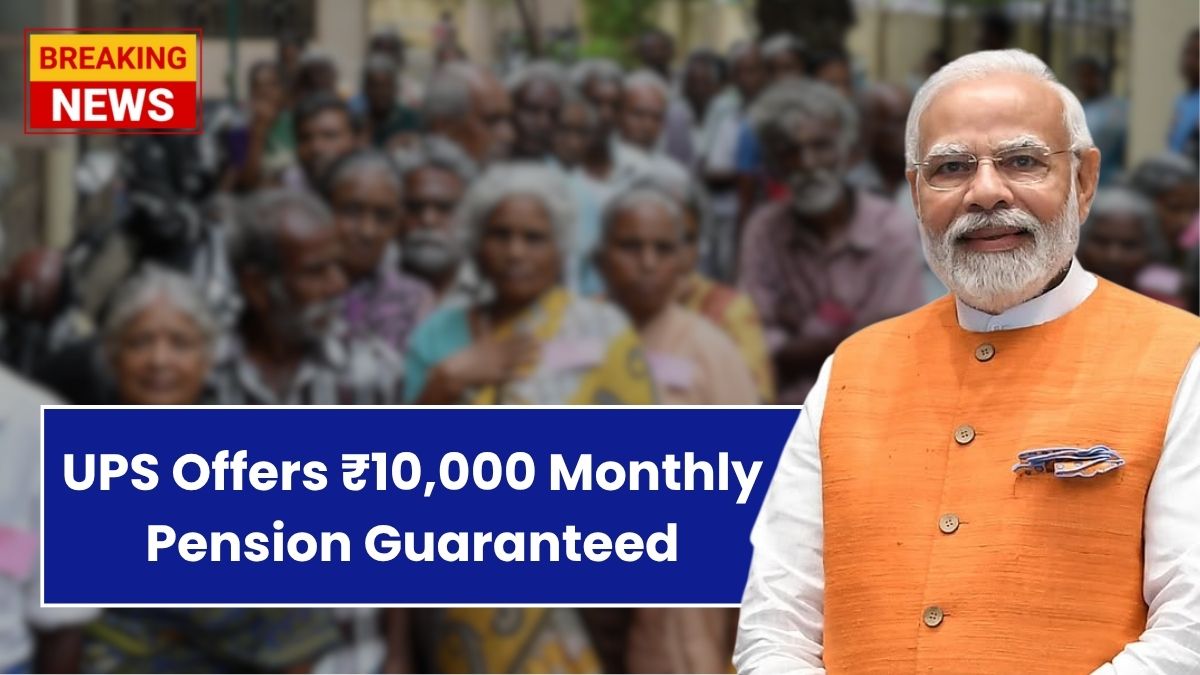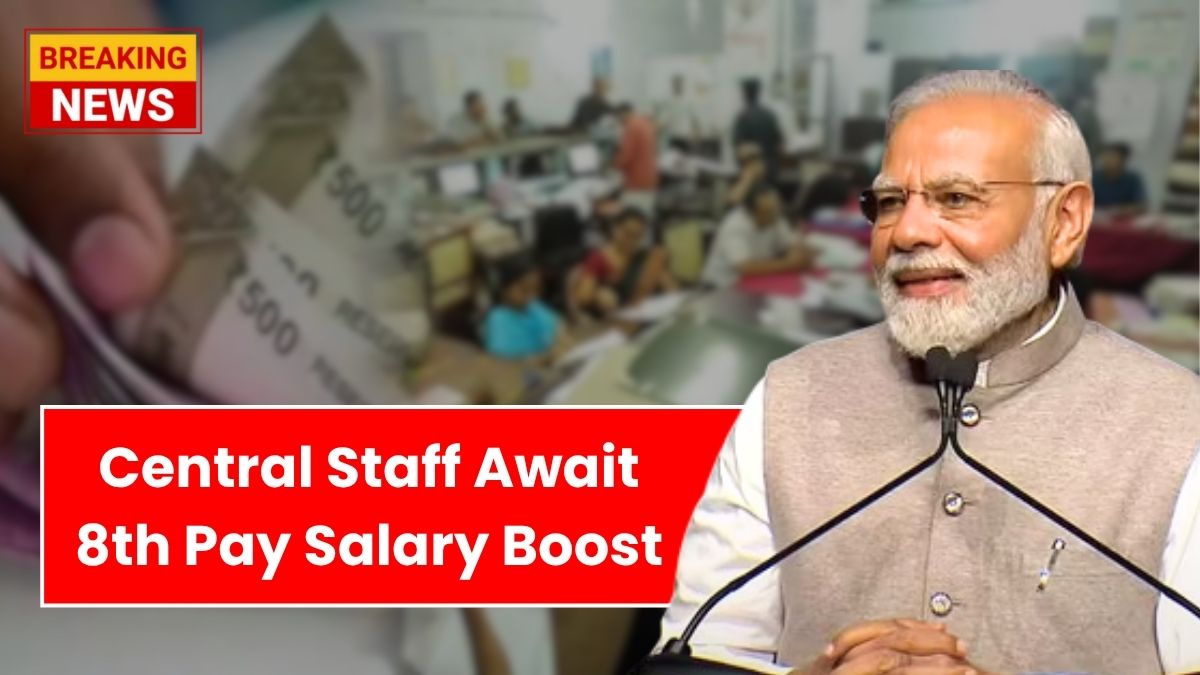Petrol Diesel Price – June 2025 is bringing in some seriously good news for consumers across India—fuel prices have dropped to a level we haven’t seen since 2020! Both petrol and diesel have become significantly cheaper, and this dip is causing quite a stir. From happy car owners to business owners who rely heavily on transportation, everyone’s feeling the relief. But what exactly is behind this dramatic drop? Well, it’s not just one thing—there’s a mix of global trends and domestic decisions that are all working together to bring the prices down.
What’s Driving the Drop in Fuel Prices?
So, how did we get here? First off, global crude oil prices have seen a sharp dip thanks to a big increase in production and some successful international agreements that stabilized the supply chain. Oil-producing countries have been pumping out more than usual, and at the same time, the world is shifting towards alternative energy sources, reducing the demand for traditional fuels. On top of that, the Indian government has made some changes to fuel taxes—cutting excise duties and offering subsidies—which are helping to bring the prices even lower for consumers.
Plus, the rise in electric vehicle use and more focus on renewable energy is playing its part. With fewer people depending on petrol and diesel, the demand is taking a hit, leading to even cheaper prices at the pump.
A Look at the Numbers
To really understand how big this drop is, let’s take a quick look back. In 2020, crude oil was around $40 a barrel, with petrol at ₹75/litre and diesel at ₹68/litre. Over the years, prices climbed steadily, peaking around 2023. But now in June 2025, crude oil is at $55 a barrel, petrol is down to ₹70/litre, and diesel is at ₹65/litre—these are the lowest prices in five years! It’s a rare scenario that’s giving a much-needed breather to many.
What This Means for Everyday Life
The impact of cheaper fuel isn’t just about paying less at petrol pumps. It ripples through the entire economy. First, transportation becomes cheaper—whether you’re taking a bus, using a cab, or transporting goods. That means prices of goods, especially everyday items, could drop as the cost of moving them decreases. For businesses, especially in manufacturing and delivery sectors, this could mean big savings and better profit margins.
People are also likely to spend more now that they’re saving on fuel. This could give the economy a little boost as more money goes into shopping, travel, entertainment, and services. However, not everything is sunshine and roses.
Should We Be Worried About Over-Reliance on Fossil Fuels?
One major concern experts are raising is that such a drop in prices might make people and businesses too comfortable with using petrol and diesel again. This could slow down the progress India has been making in adopting green energy solutions. The fear is that if fuel is cheap, people might not feel the urgency to switch to electric vehicles or reduce their carbon footprint.
And let’s not forget the environmental side of things. Increased use of fossil fuels can lead to higher emissions, which could take a toll on India’s climate goals. So while we celebrate the cheaper fuel, it’s important to stay focused on sustainable development.
How the Government is Planning Ahead
The Indian government is keeping an eye on the bigger picture. While the current situation is great for the public, they know it can’t last forever. That’s why strategies are being considered to balance affordability with sustainability. This includes continuing support for electric vehicle adoption, investing more in solar and wind energy, and possibly revising fuel tax structures so they don’t hurt the economy but still support environmental efforts.
There’s also talk about improving public transportation, so people have cleaner and cheaper options. These moves could help India prepare for future fluctuations in global oil markets while keeping emissions in check.
What Lies Ahead
Right now, low fuel prices are a welcome change. But they also present a chance for India to rethink its energy strategy. This could be the ideal time to double down on long-term goals—like energy independence, greener technologies, and smarter infrastructure. By taking advantage of the current situation and planning for the future, India can aim for a more balanced and sustainable energy ecosystem.
Disclaimer
The information presented here is based on publicly available data and current fuel price trends as of June 2025. Prices and policies may vary across regions and are subject to change due to domestic and global factors. Readers are advised to consult official sources for the most accurate and updated information.













